
Can this smiling lad really be Bing Crosby? This Bing is a far cry from the elderly gent who sang “The Little Drummer Boy” with David Bowie, not to mention “White Christmas.” The older Bing looked like a man who disapproved of parties, while the young Bing looked like a guy who loved parties. Bing Crosby (1903-1977) would emerge as an iconic figure in the entertainment world during the 1940s through the 1970s. He wore his icon status pretty well, but I think it also wore him out. That’s a whole different story. Instead, let’s travel back in time to the 1930s when Bing just wanted to be a popular singer, not an icon.
Devoted Crosby fans will let you in on a little secret: Bing sang his best during the 1930s and, not only that, but he sang in a higher key and took chances. His singing style became “branded” in the 1940s when he adopted a lower register. For example, if you’ve heard “White Christmas,” you can almost guess his approach to most other songs from the 40s on. The public of that day loved it and loved him too but remember, all those people became fans of Bing Crosby during the 1930s and never stopped. Picking up the Crosby story in his later years, which is how most folks know of him today, is like starting a novel in the middle of the book. So what was all the excitement about? Your blogmeister is happy to show you.
Let’s hear Bing’s very first radio broadcast from September 2, 1931. Bing sings but never speaks and the announcer (Harry von Zell) mentions that Bing’s radio debut had been postponed because of laryngitis. But the truth is that he was scared to death to go on the air. It was a monumental case of “mike fright” but he eventually conquered it – Bing would broadcast every week from 1931 to 1962!
Just click on the link below to hear a 28 year-old Bing Crosby sing three of his biggest hits of 1931. His first song nicely sums up the theme of this post: “Just One More Chance.”
Bing made his first recording in 1926 with a pal from his native Washington State, Al Rinker. The following year the great Paul Whiteman, the proverbial “King of Jazz,” hired Bing and Al for his big band and dubbed them “The Rhythm Boys.” Adding pianist-singer-songwriter Harry Barris to the group, the Rhythm Boys became popular recording artists with Bing clearly spotlighted as the star. When the Boys went their separate ways in 1931, Bing signed on with Gus Arnheim’s Coconut Grove Orchestra at the Ambassador Hotel in Los Angeles and became a west coast sensation. Here is one of the most popular sides that Bing made with Arnheim, with quick tempo changes that are still remarkable. Incidentally, future film star Fred MacMurray is playing the sax, and Bing’s ill-fated rival, Russ Columbo, is violinist.
“I Surrender Dear” Victor 22618, recorded January 19, 1931:
By 1932, Bing was being starred in feature-length films but with plenty of other talent onboard as box office insurance. In fact, Bing would thereafter add one, two or even three co-stars to his films. His first film also started a two-decades long relationship with Paramount Pictures: THE BIG BROADCAST highlighted Bing’s established hit recording of “Please.” Here is that record with Bing backed by Anson Weeks’ Orchestra, with future band leader Xavier Cugat on the violin.
“Please” Brunswick 6226, recorded September 16, 1932:

The Great Depression had a devastating effect on record sales. Many big name recording artists could no longer command the big salaries they had earned just a couple of years earlier. Bing was one of a handful of reliably profitable recording stars in the early 1930s but just as he enhanced his films with popular co-stars, he did the same thing with records by cutting sides with Duke Ellington, the Boswell Sisters, Guy Lombardo, the Mills Brothers, and others who were best-selling recording artists in their own right. Perhaps as a sign of his status, sheet music offered Bing in expensive color covers:

Bing’s weekly radio program was heard by as many as 50 million people and helped promote his new records and his new movies. He became a much more confident broadcaster especially when it is remembered that everything he did on the air went out live. This photo circa 1937 shows Bing when he was hosting the Kraft Music Hall:

Finally, let’s listen to a full-length 30-minute show that kicked off Bing’s 1934-35 season on the air. Although he played a romantic eligible bachelor in his movies, Bing is very proud to discuss his twins that were born over that summer:
Woodbury Broadcast September 18, 1934
For more info on Bing, your blogmeister has three recommendations. First, you should visit Bing’s official website http://www.BingCrosby.com that is authorized by the Crosby family. Bing also has a Facebook page with over 94,000 members.
Second, I can highly recommend Gary Giddins’ thoroughly researched and beautifully written biography, BING CROSBY, A POCKETFUL OF DREAMS: THE EARLY YEARS 1903-1940, published by Little, Brown.
Third, and this just in, a few days ago the Warners Archive released Bing’s 1933 hit film, GOING HOLLYWOOD (1933), co-starring Marion Davies. This MGM musical shows the Crosby persona long before he played Father O’Malley in GOING MY WAY!


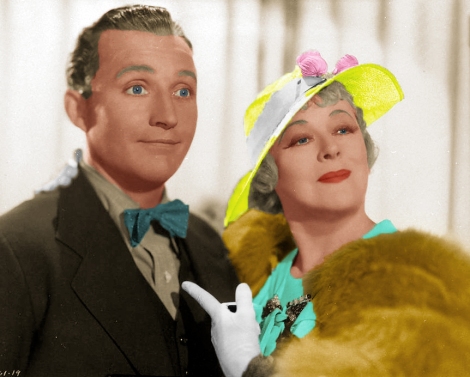
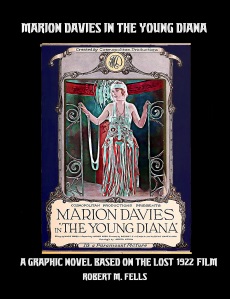
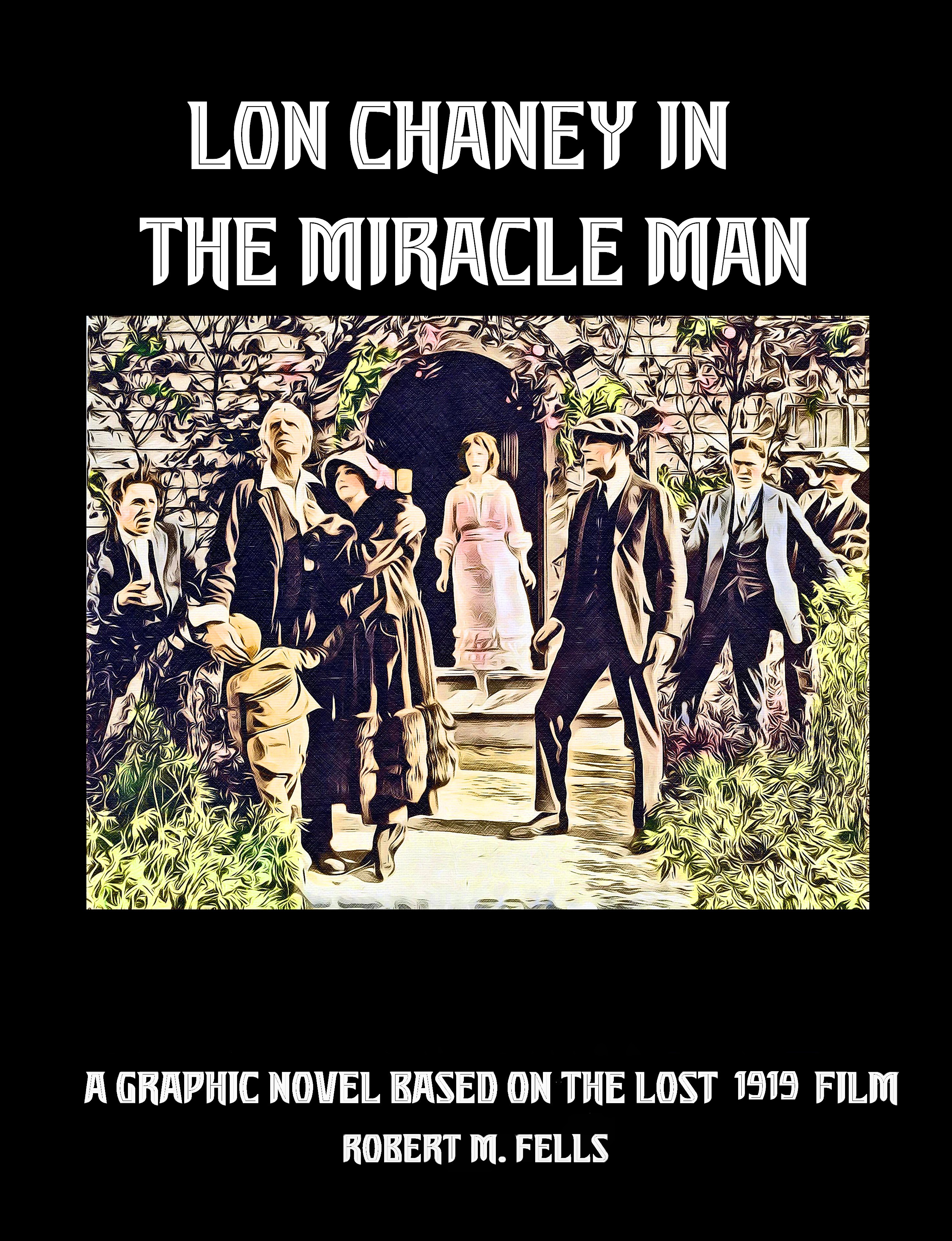







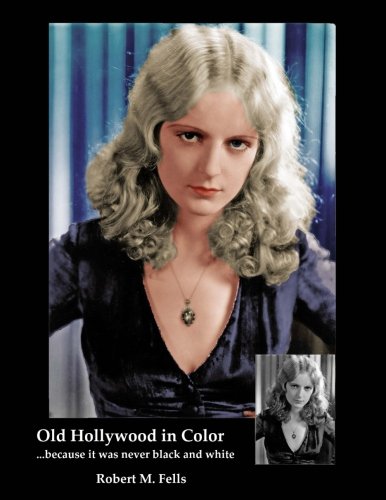
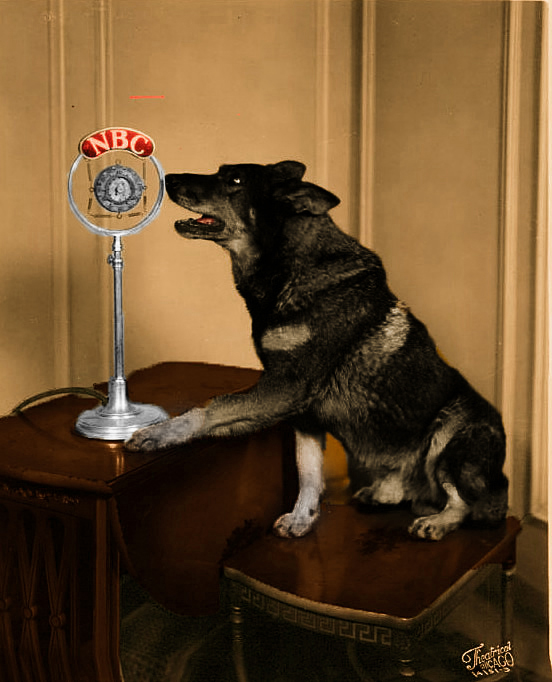

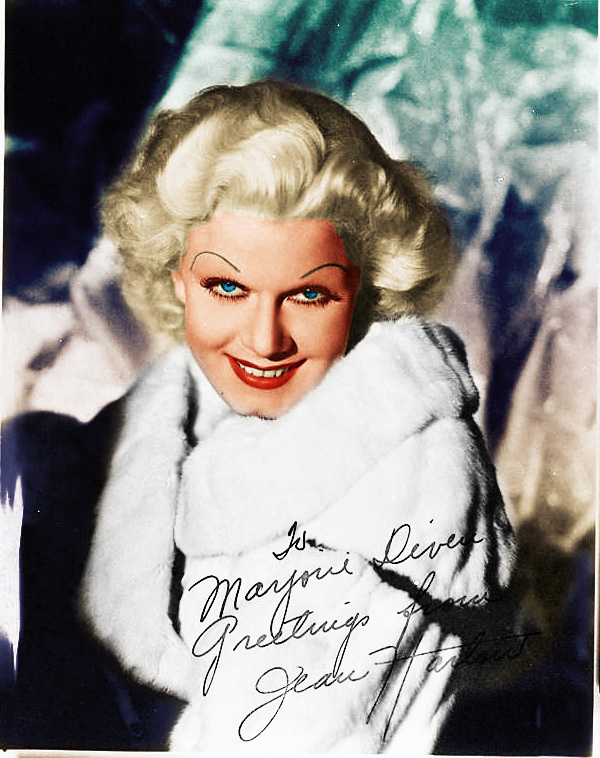
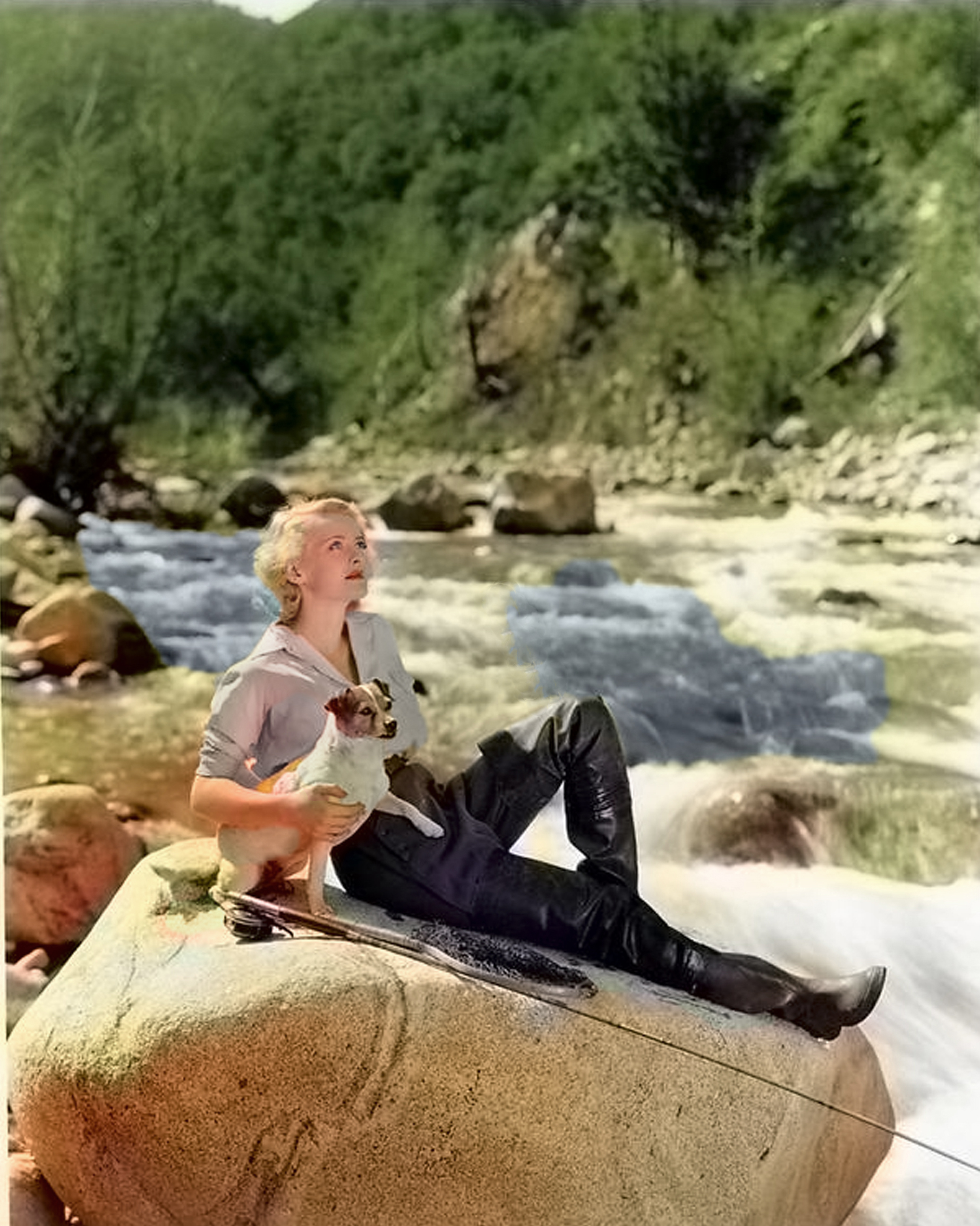








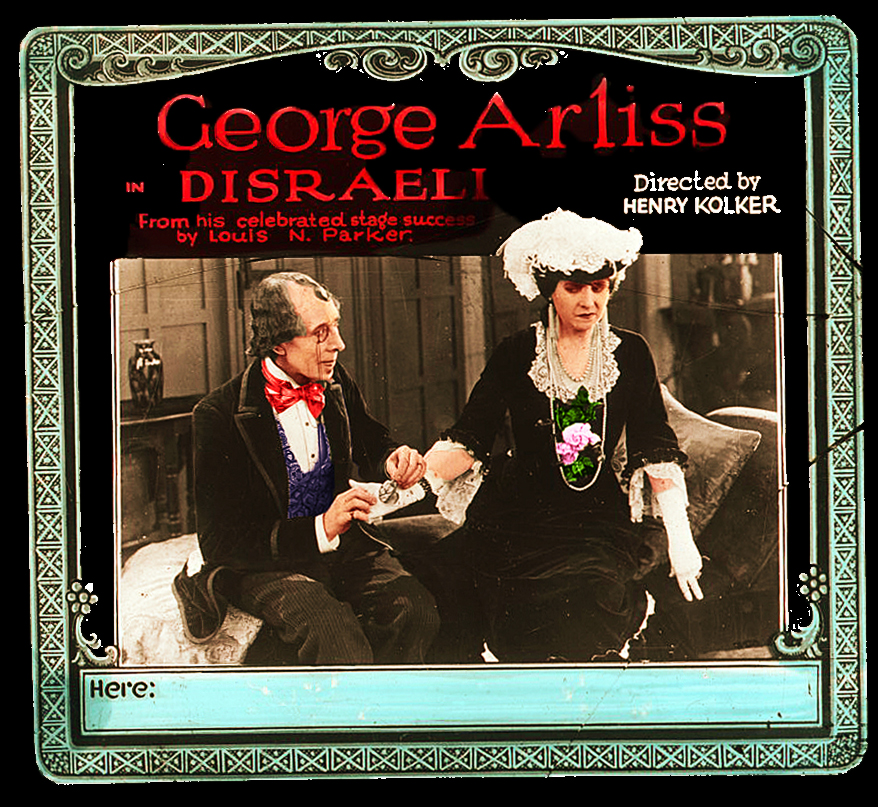

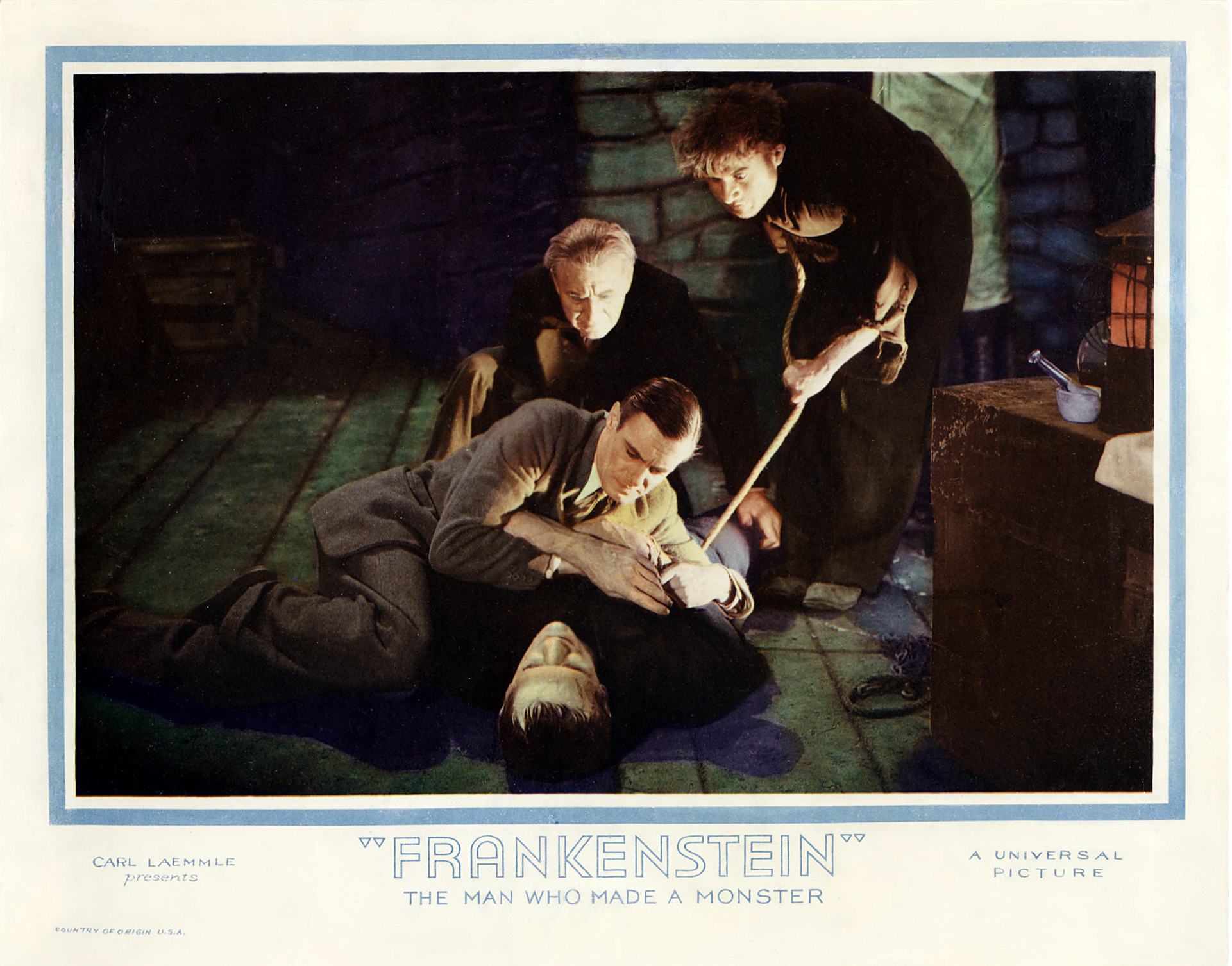




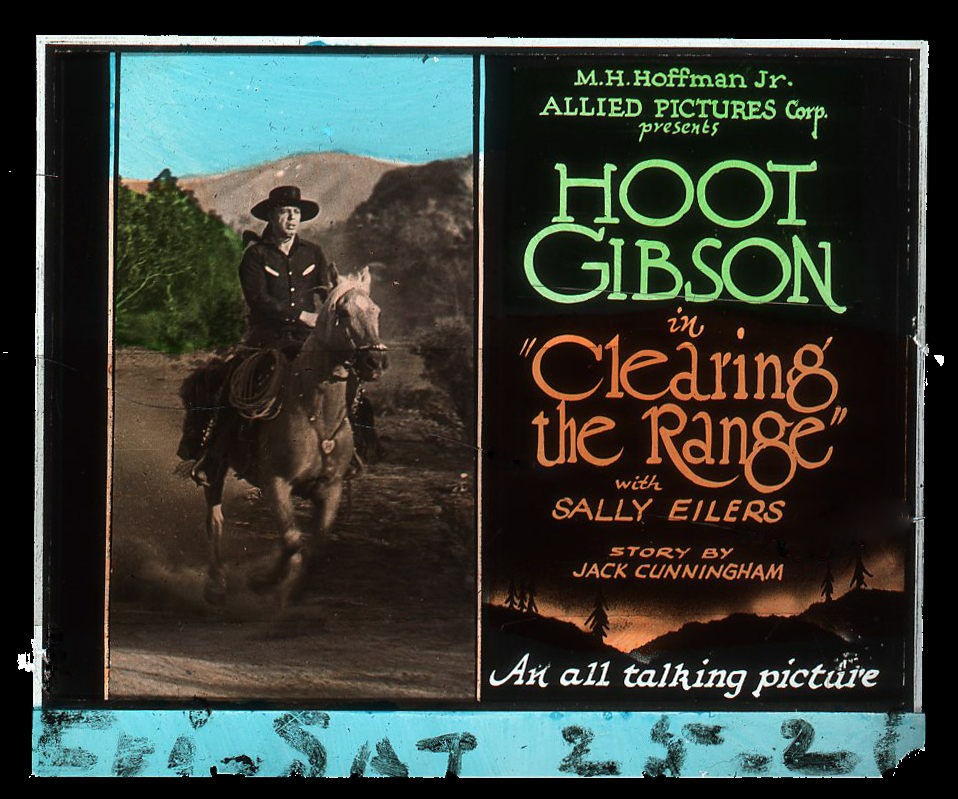
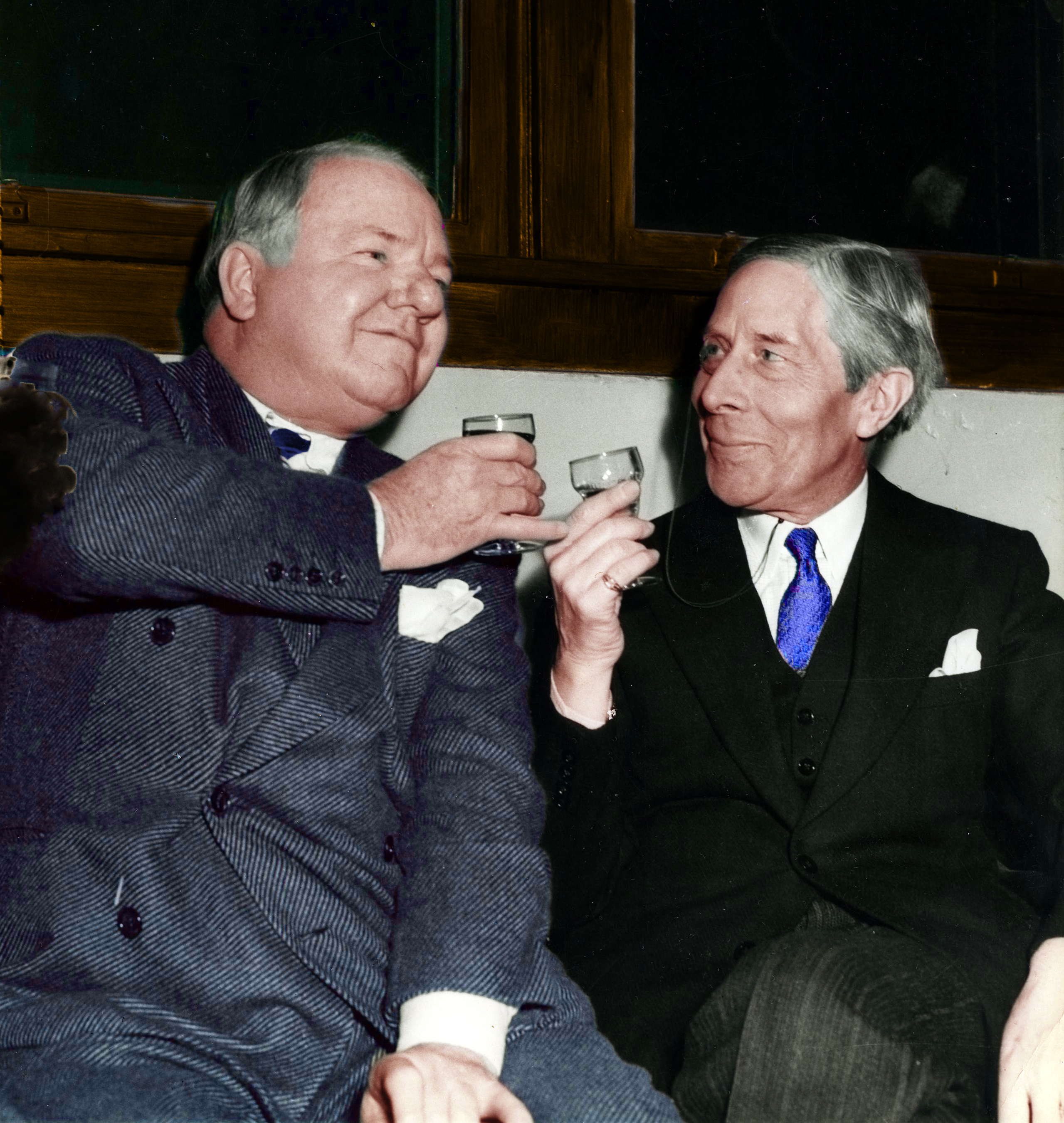
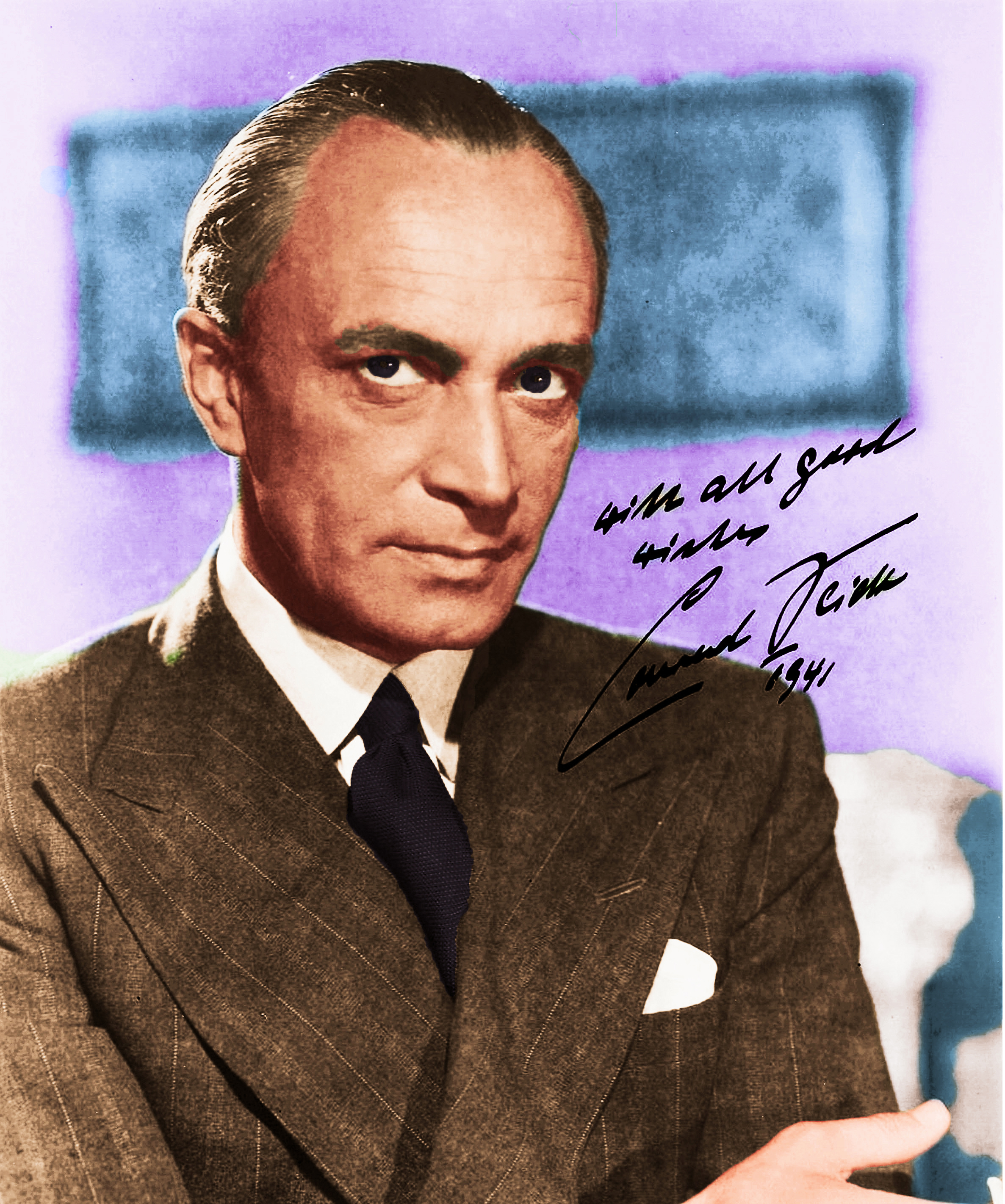


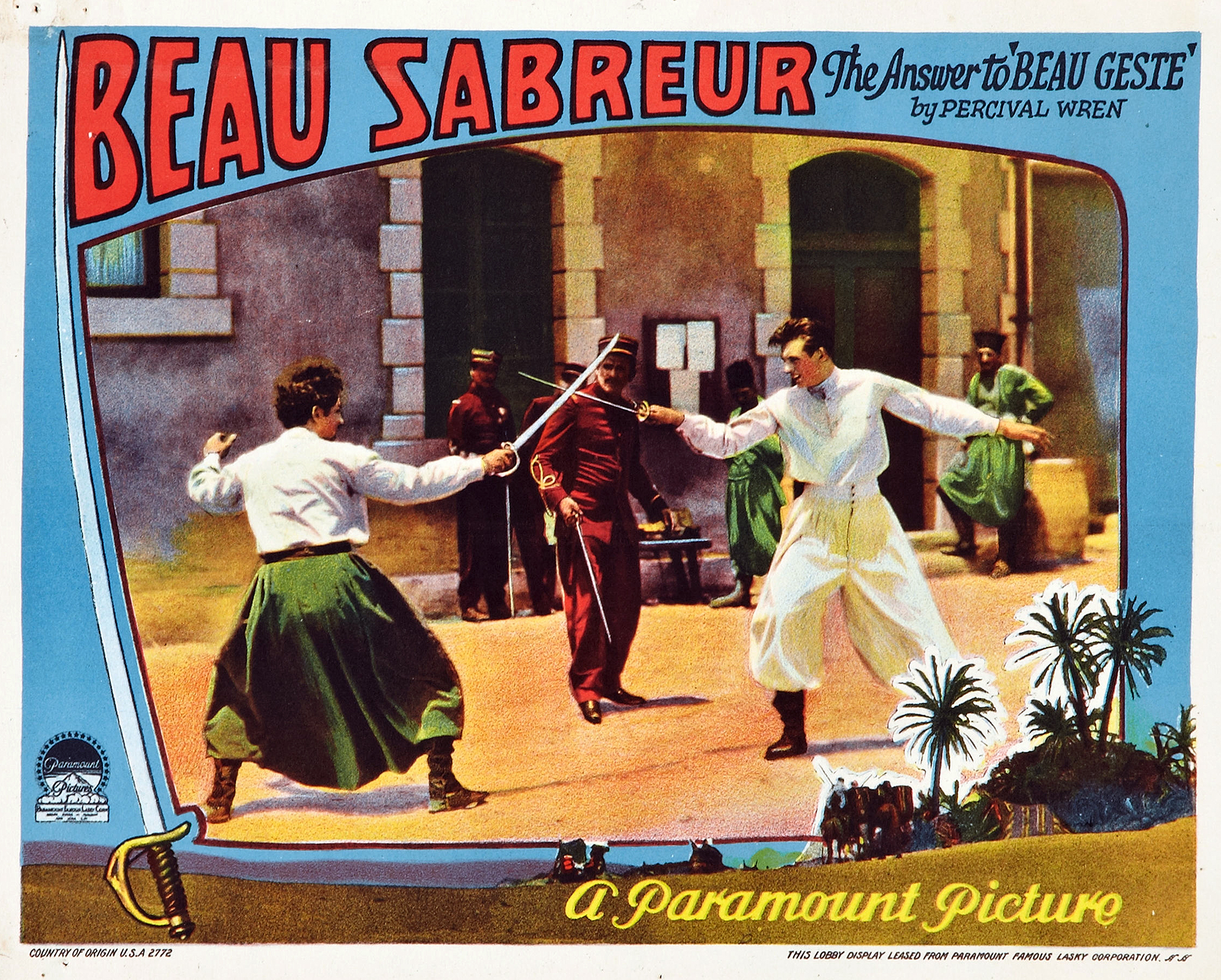
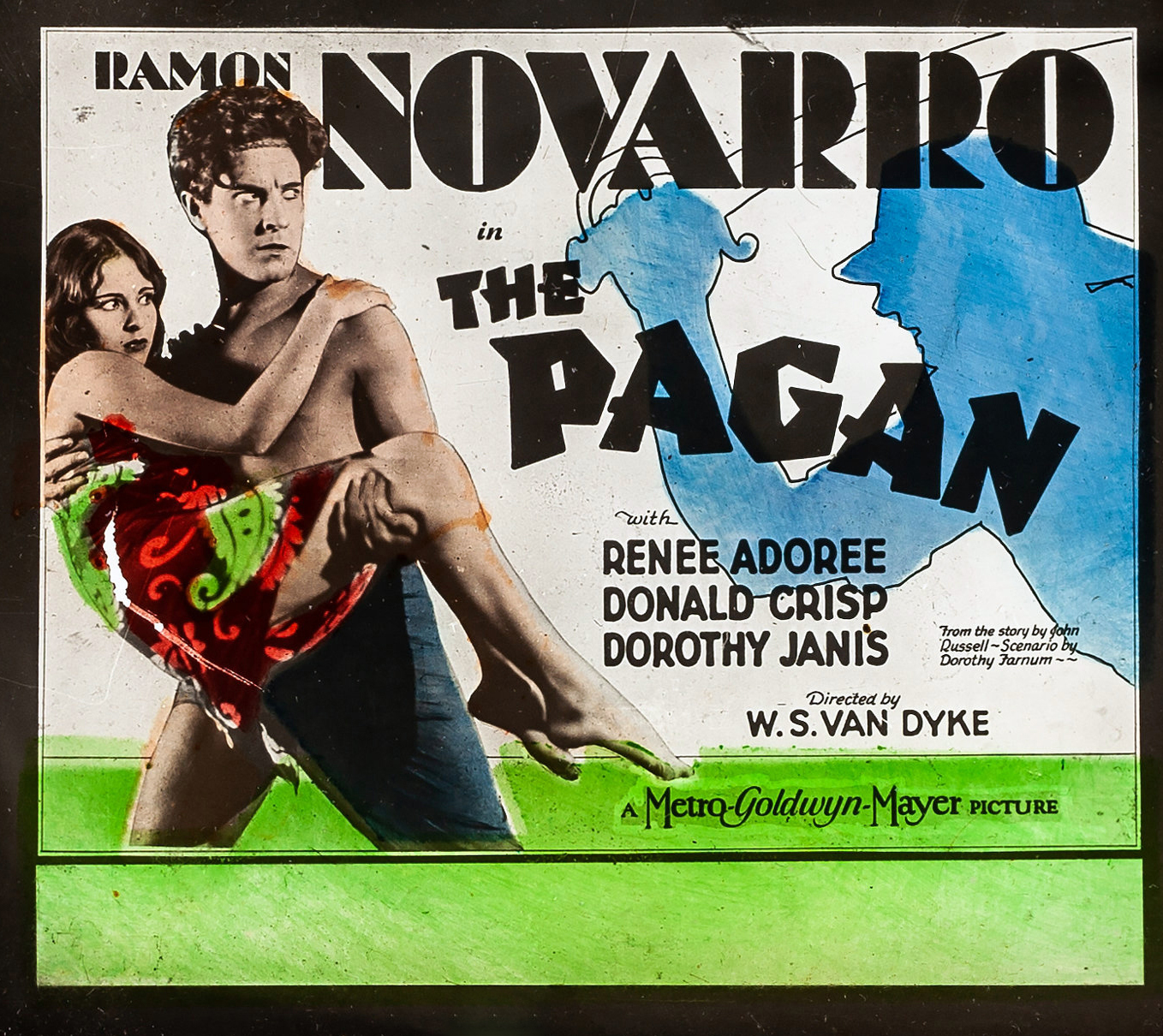
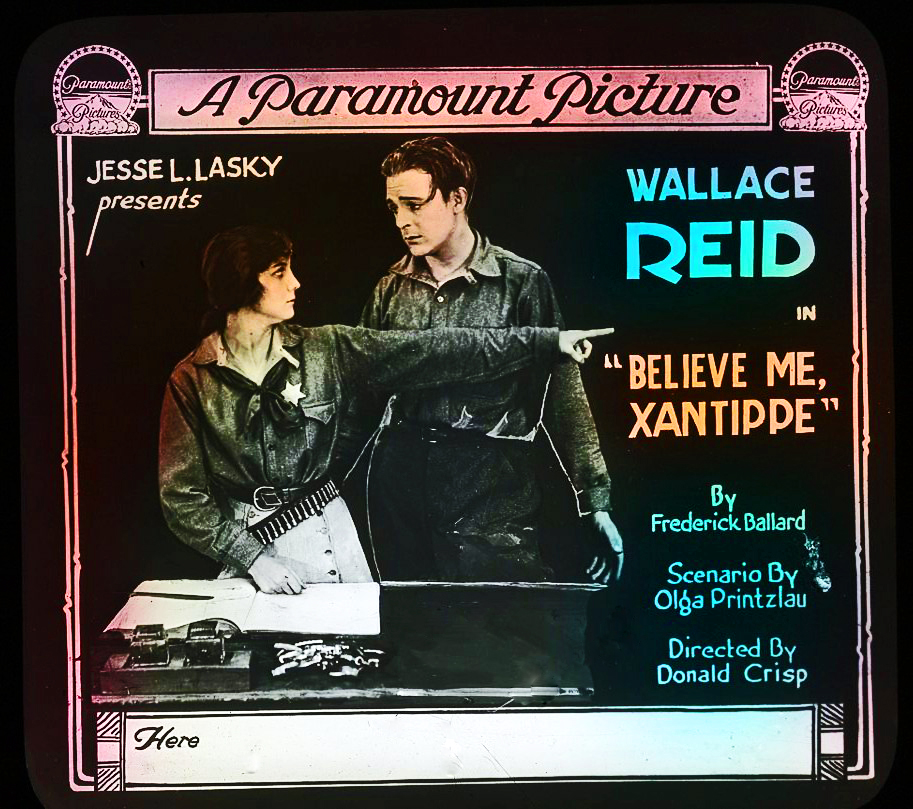


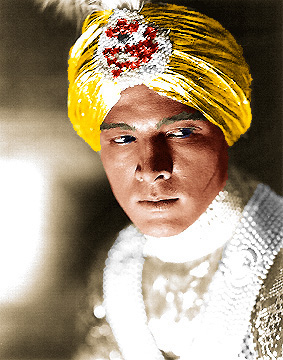




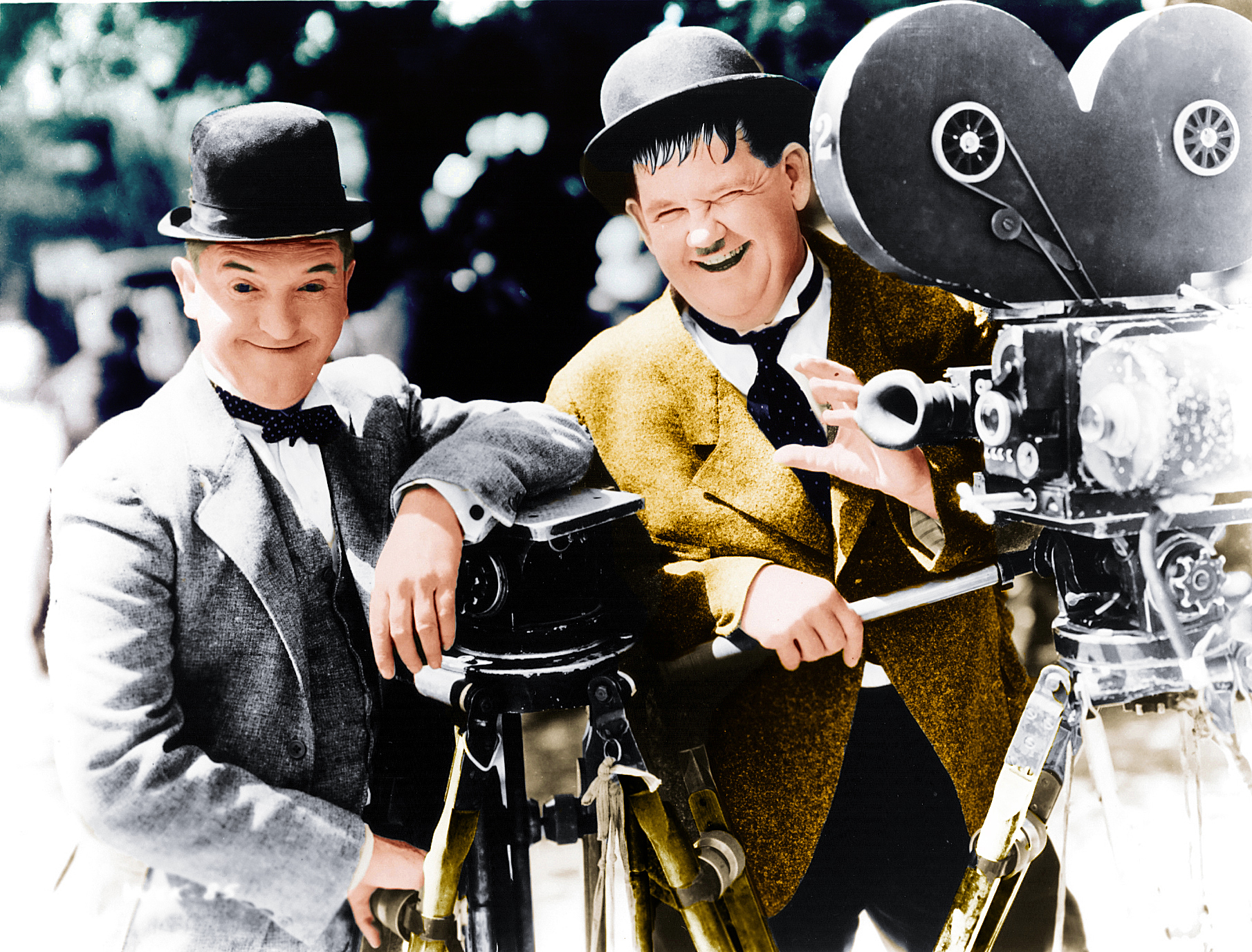
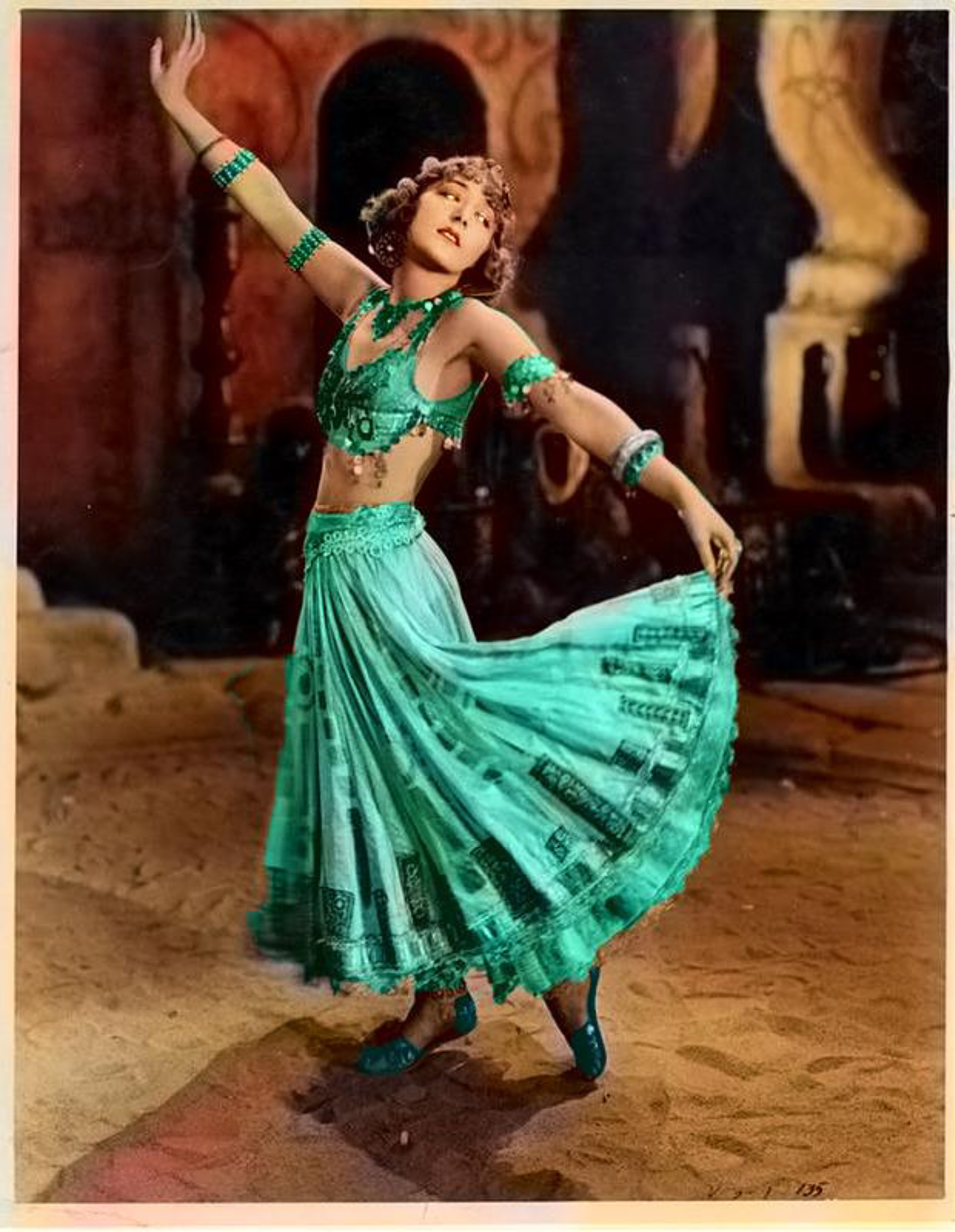

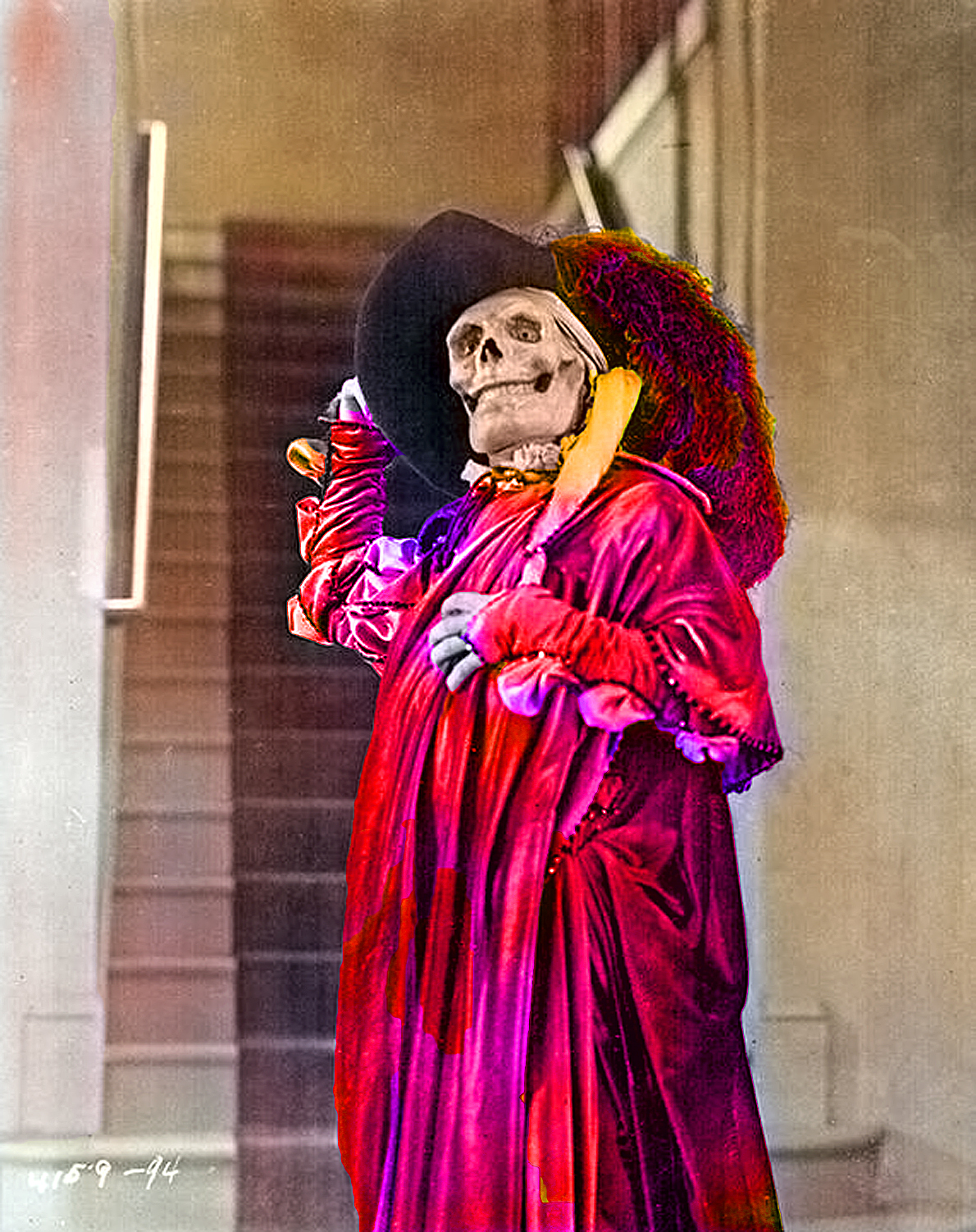


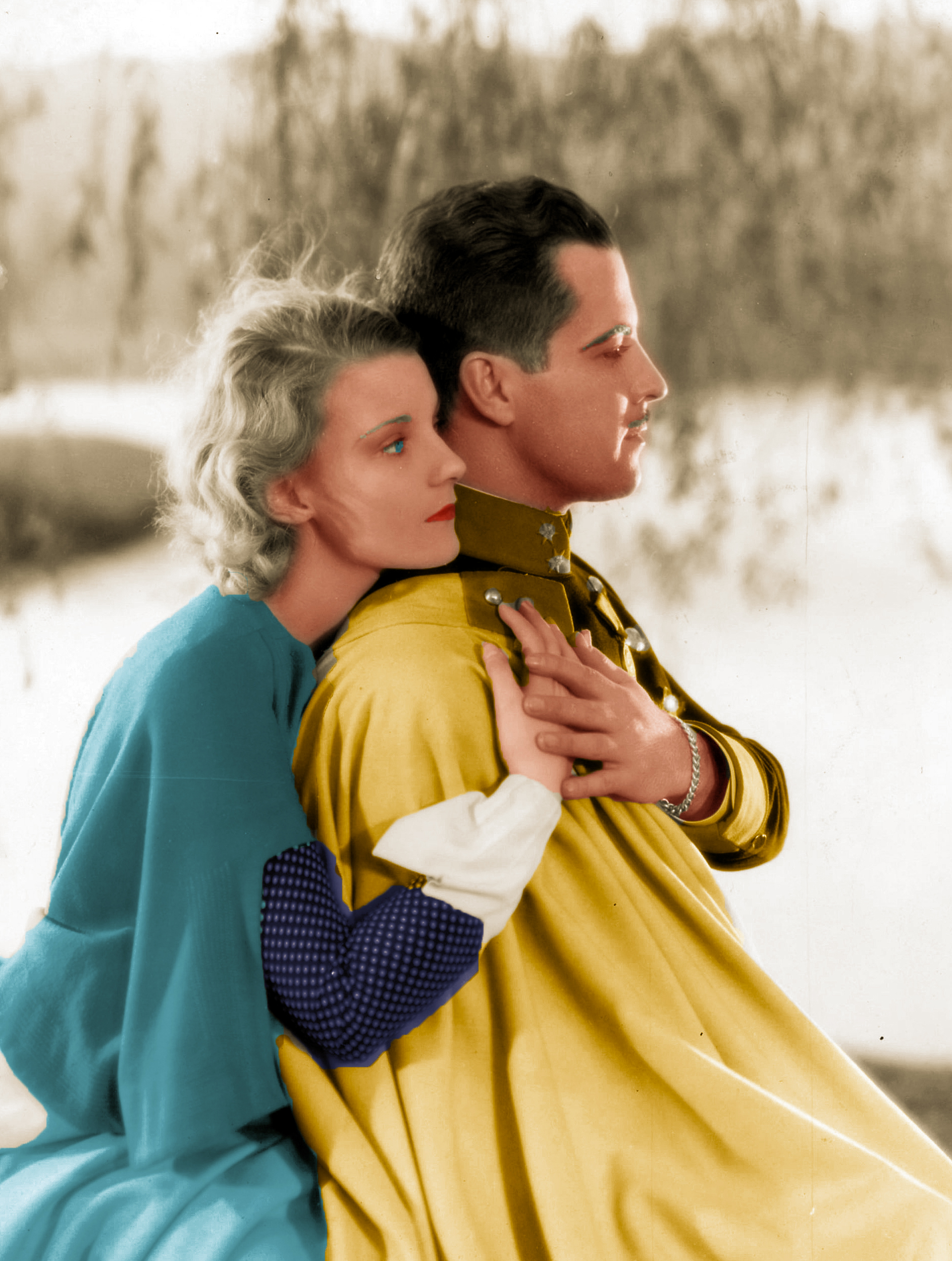
Just discovered this quite by accident. Why does it take me so long to discover a gem like this?
Thank you so much.